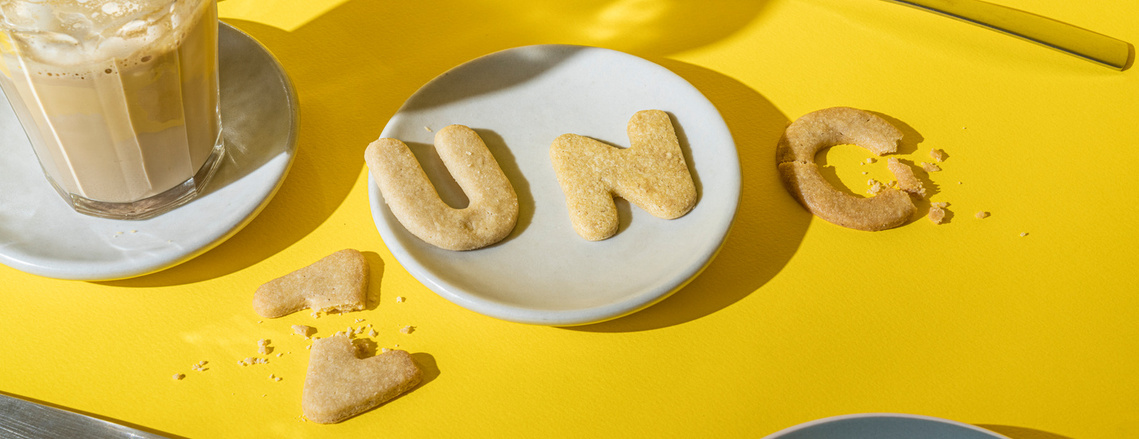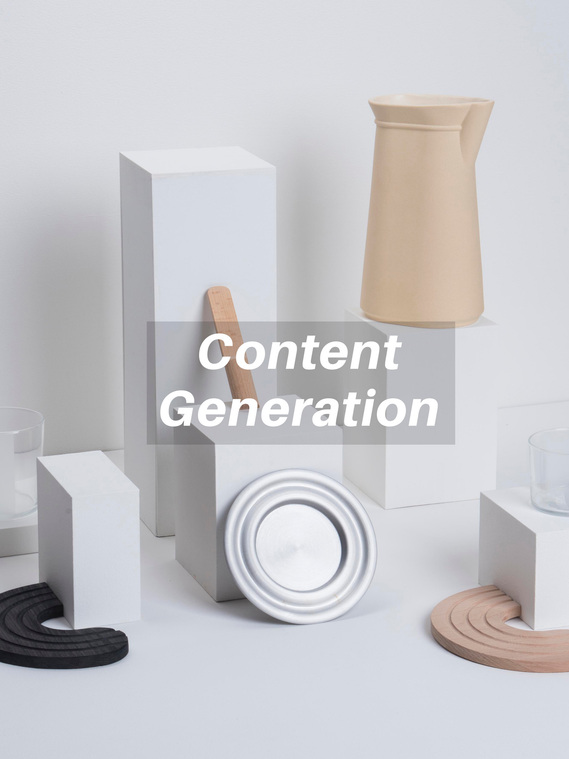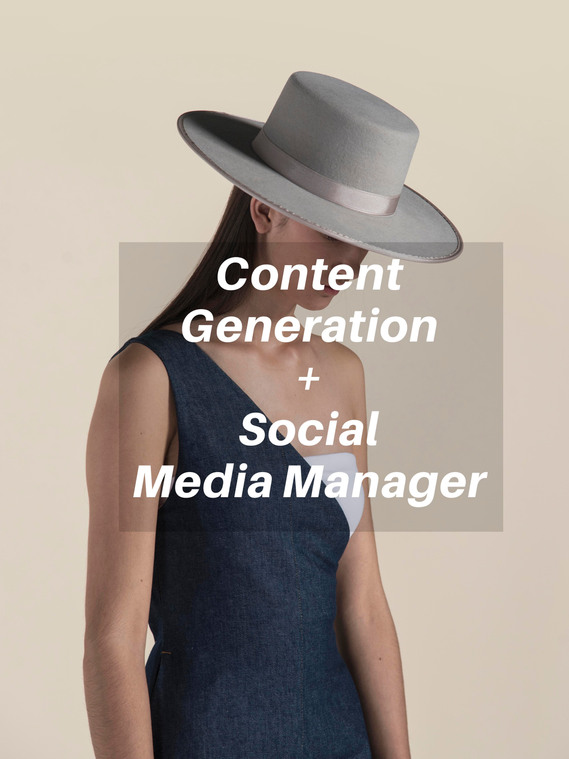Art direction for a brand is a strategic and creative process that shapes the visual identity and storytelling of a brand.
The main purpose of art direction is to ensure that all visual elements of a brand align with its core values, personality, and target audience. It takes into account factors such as color palettes, typography, imagery, and composition to create a compelling and consistent visual experience.
Process
1. Briefing
This stage involves gathering information and understanding the project's objectives, target audience, brand values, and desired outcomes. The art director collaborates with the client or stakeholders to establish a clear understanding of the project's requirements and constraints.
2. Research and Concept Development
The art director conducts research to gain insights into the industry, competitors, and current design trends. They explore various creative concepts, brainstorm ideas, and develop visual strategies that align with the brand's identity and communication goals.
3. Moodboarding
A moodboard is created to visually represent the desired look and feel of the brand. It incorporates elements such as color palettes, typography, imagery, textures, and references to evoke the intended mood and aesthetic direction. The moodboard serves as a reference point for the subsequent stages of the process.
4. Design Development
This stage involves translating the concepts and moodboard into tangible designs. The art director collaborates with designers, illustrators, photographers, and other creative professionals to create visual assets such as logos, layouts, illustrations, and other brand collateral. They ensure that the designs align with the brand guidelines, effectively communicate the brand's message, and resonate with the target audience.
5. Implementation
Once the designs are finalized, the art director oversees the production process to ensure that the visual elements are executed as intended across various platforms and media. This may involve collaborating with printers, developers, or other production specialists to maintain the design integrity during the final output.
6. Evaluation and Refinement
After the implementation phase, the art director assesses the impact of the visual elements and gathers feedback from the client, stakeholders, and target audience. This feedback is valuable for evaluating the effectiveness of the art direction and identifying areas for improvement or refinement.
It's important to note that these stages are not always linear and can overlap or iterate depending on the project's complexity and requirements. The art direction process is dynamic and adaptive, allowing for creativity and flexibility to achieve the best visual outcomes for the brand.
Monthly production plans according to the company needs. Image creation monthly for social media, web pages, and publicity.





